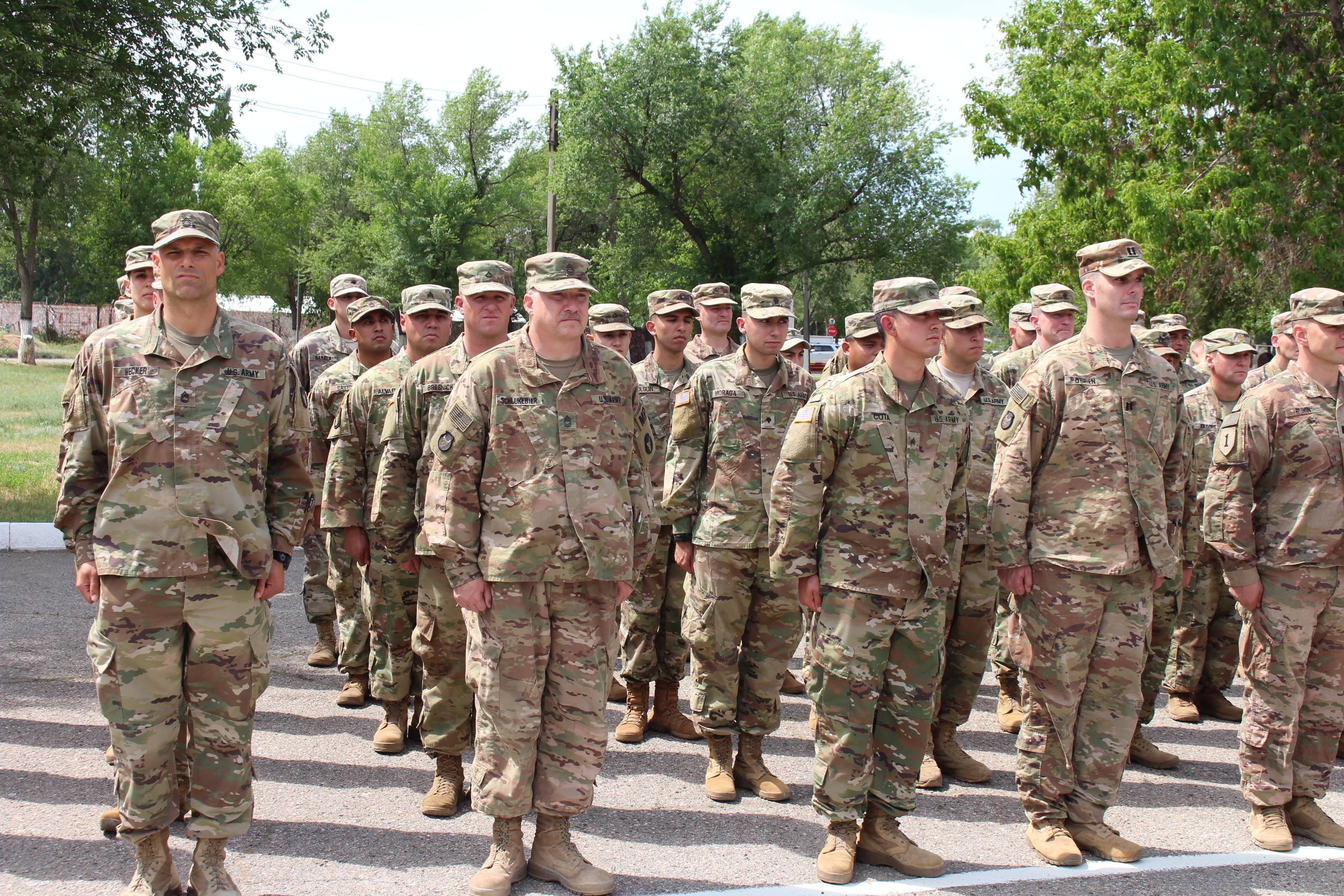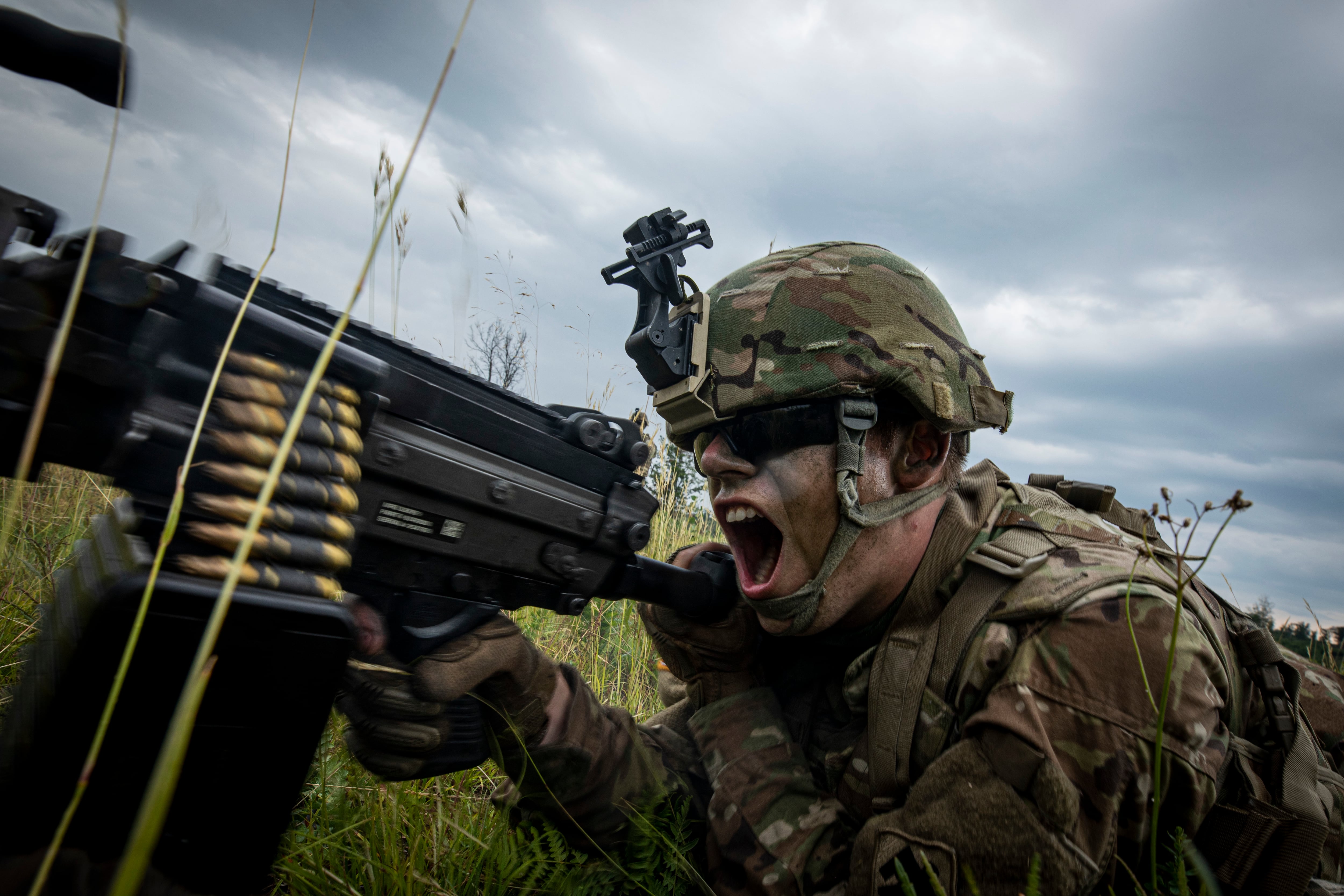WASHINGTON – The Army Guard and Reserve have been pounding out a lot of training, deployments and increased readiness in the past few years, and they just might get a break if one four-star general has his way.
Heads of the Army National Guard, Army Reserve and Army Forces Command spoke at the Guard and Reserve breakfast Monday at the annual Association of the U.S. Army Meeting and Exposition.
RELATED

Gen. Michael Garrett, who oversees more than 700,000 soldiers between active, Guard and Reserve components, told the hundreds gathered that the workload going to the Guard and Reserve is on his mind.
“Stress on our forces is something I am thinking about a lot,” he said.
This past summer at a meeting of the ANG’s state commanders, they told Garrett that the past three years of Stryker and armored brigade combat team four-year readiness cycles was straining that part of the force.
Part of that was necessary, he said, because the SBCT and ABCT readiness on the active side since 2016 wasn’t where it needed to be.
So, Guard and Reserve ABCTs and SBCTs have shifted this past year to a five-year readiness model, he said.
At the same time, in even low-level ways, such as weapons live fires, the Guard and Reserve are seeing more training than has traditionally been the case.
Army Reserve commander Lt. Gen. Charles Luckey said that in the past three years through large scale, largely non-commissioned officer-led firing ranges, Army Reservists have conducted high volume live fires.
“In the last three years we’ve fired more machine gun rounds than in probably the 50 years before that,” Luckey said.
Guard director Lt. Gen. Daniel Hokanson said the Guard has now had two consecutive years of four rotations at the combat training centers, either the National Training Center at Fort Irwin, California or the Joint Readiness Training Center at Fort Polk, Louisiana.
The three-star said more than 26,000 Guard soldiers had done rotations at those centers.
As that training remains intense, so do the deployments.
During the same period, the Guard mobilized 22,000 soldiers to support the geographic combatant commands and sent 25,000 soldiers to exercises in 71 nations. More than 20,000 remain deployed as of today. While the service also provided 1.8 million man hours of state active duty.
But there are efforts to move the 1:4 deployment to dwell that is average across the Guard to a 1:5 ratio, Hokanson said.
Some of those stateside deployments are different than the historical natural disaster response work that many in the Guard have conducted.
The Louisiana Guard activated 95 soldiers when 30,000 students in 54 schools were affected by a ransomware virus that hit 10,000 information technology systems, he said.
Across the state line in another incident, 50 Guardsmen were activated when a cyber attack hit 23 entities ranging from local government to police and sheriff’s offices, he said.
At the same time, both the Guard and Reserve are pushing to keep pace with their active counterparts who are readying themselves for potential large scale combat operations against either Russia or China.
The Reserve, Luckey said, has the responsibility of being tasked with deploying as many as 42,000 soldiers in 750 units within 100 days to support such an event.
Todd South has written about crime, courts, government and the military for multiple publications since 2004 and was named a 2014 Pulitzer finalist for a co-written project on witness intimidation. Todd is a Marine veteran of the Iraq War.




